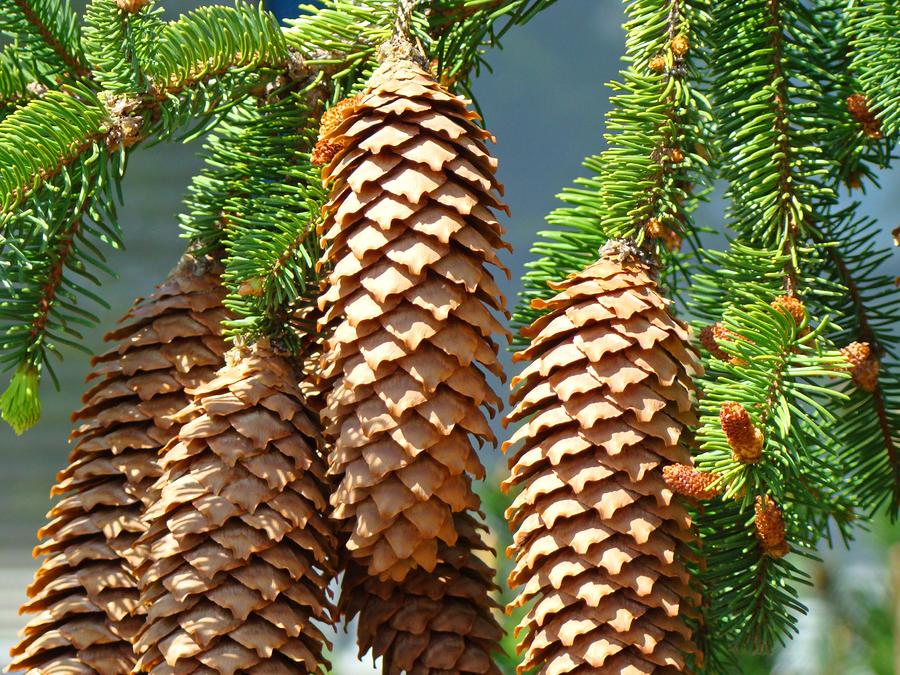Block A (Allison M., Ryan)
Block C (Cassy, Kaitlyn, Kyle, Alex, Pavel)
Jeopardy 2.0 (1)
Biology Conifers
Conifer (Summary)
Conifer, the “cone-bearers”, are another member of phylum Tracheophyta. Amongst the five groups we are studying, conifers and angiosperms are also known as the seed plants. These plants have developed several adaptations that allowed them to become even more independent from water than the ferns, moss and algae, including seeds (structures that enclose and protect the embryo from drying), pollen grains (structures that enclose the sperm). You will notice in both conifers and angiosperms that the gametophyte generation is very small and reduced, and confined in the sporophyte.

Structure and Functions Conifer and Angiosperm Reproduction
- Roots – true roots. For water and nutrient absorption.
- Stems – hold up leaves to the sun
- Leaves – needles, for photosynthesis and gas exchange
- Cuticle – protects the leaves from drying out. In some species of conifers, the cuticle is especially thick to protect the plant from very dry conditions
- Vascular Tissue (xylem and phloem) see below for details
Unique to conifers
- Cones – the reproductive structures of conifers. The site where the spore, gametophyte and gamete and zygote generations take place.
- Needle-like leaves – leaves that are rolled up into needles. This reduces the surface area and therefore, the amount of water loss. This is an adaptation for dry conditions.
Reproduction
Powerpoint: Conifer and Angiosperm Reproduction
The Powerpoint above explains in detail the stages of conifer reproduction. I highly recommend giving it a second look.
- The sporophyte (diploid, multicellular) generation of conifers is the tree itself.
- The sporophyte produces
- Male cones – contains the microsporangium
- Female cones – contains the megasporangium
- The microsporangium produces the microspores via meiosis. The megasporangium produces the megaspores vias meiosis. The megaspores and microspores are the spores generation of conifers.
- The megaspores then develop into ovules. The microspores develop into the pollen grain. These structures represent the gametophyte generation of conifers.
- The ovules produce the eggs. The pollen grain produce the sperm. These structures represent the gamete generation of conifers.
- The egg and the sperm combine to produce a diploid cell, the zygote, which will then develop into the multicellular sporophyte.
